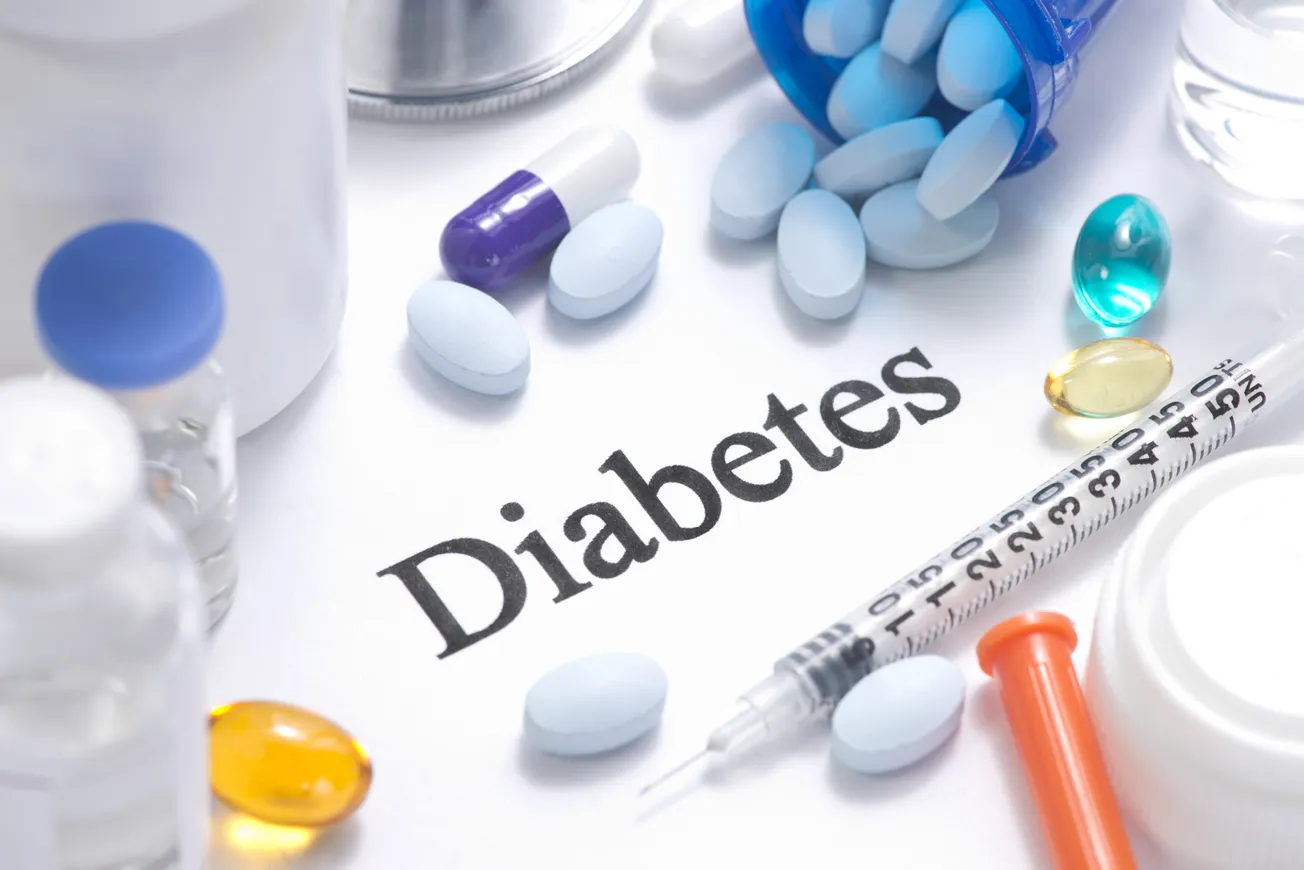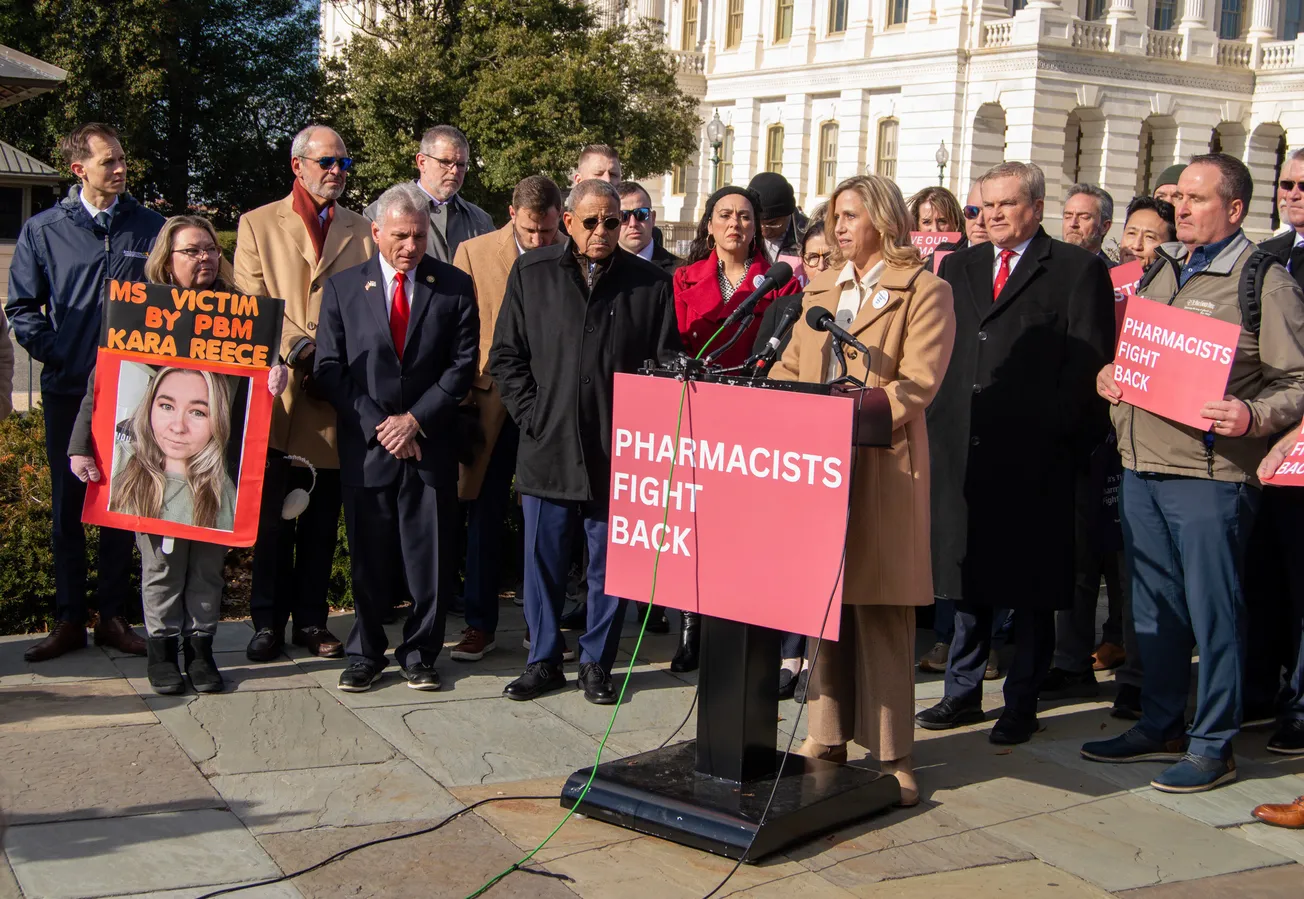WASHINGTON — The Pharmaceutical Care Management Association (PCMA) released the following statement regarding a white paper released today by the American Diabetes Association on insulin prices:

“The American Diabetes Association’s new white paper on insulin prices confirms that drugmakers set, and continue to raise, prices.
Along with high prices for insulin products, drug manufacturer product strategies are also a significant barrier to more competition in the insulin market. The key to reducing drug costs is by increasing competition among insulin brands, follow-on biologics, and generics.
Pharmacy benefit managers (PBMs) reduce insulin drug costs by negotiating with drug manufacturers for price concessions, or rebates, and through drug formulary placement. Health plans, employers, and state health programs hire PBMs to reduce costs for patients by, among other things, encouraging the use of lower cost, equally safe, and effective alternative medications. Increasingly large commercial payers are requiring 100% of such rebates to be passed through to them directly. While no payer is required to hire a PBM, they choose to because PBMs typically reduce drug costs by 30%.
Among insulin products ranked within the top 200 brand drugs by 2016 sales, there is no correlation between the growing prices set by drugmakers and the average rebate levels they negotiate with PBMs.”
A PCMA analysis outlines several key points on insulin prices, including:
• Among the top insulin brands, there is no correlation between rebates and price increases. In fact, several insulins with lower-than-average rebates have had greater price increases over the past five years than insulins with higher-than-average rebates.
• Competition—not manufacturer price increases—determine rebate levels.
• Insulin prices have increased more than 10-fold since 1985. Prices have escalated more dramatically during the past 10 years.
• Prices for Humulin and Novolin have increased from approximately $25 per prescription in 1985 to nearly $300 in 2016.
• Prices for long-acting insulins have increased from about $100 per prescription in 2007 to nearly $400 in 2016.
• During the past 20 years, new insulin competitors have entered the market, but always at higher prices than the existing market.
• The only exception was Basaglar, introduced in December 2016. It is the first follow-on long-acting insulin.
• During the past 10 years, gross sales for insulins have increased significantly due entirely to price increases, while overall utilization/prescription volume has remained flat.







